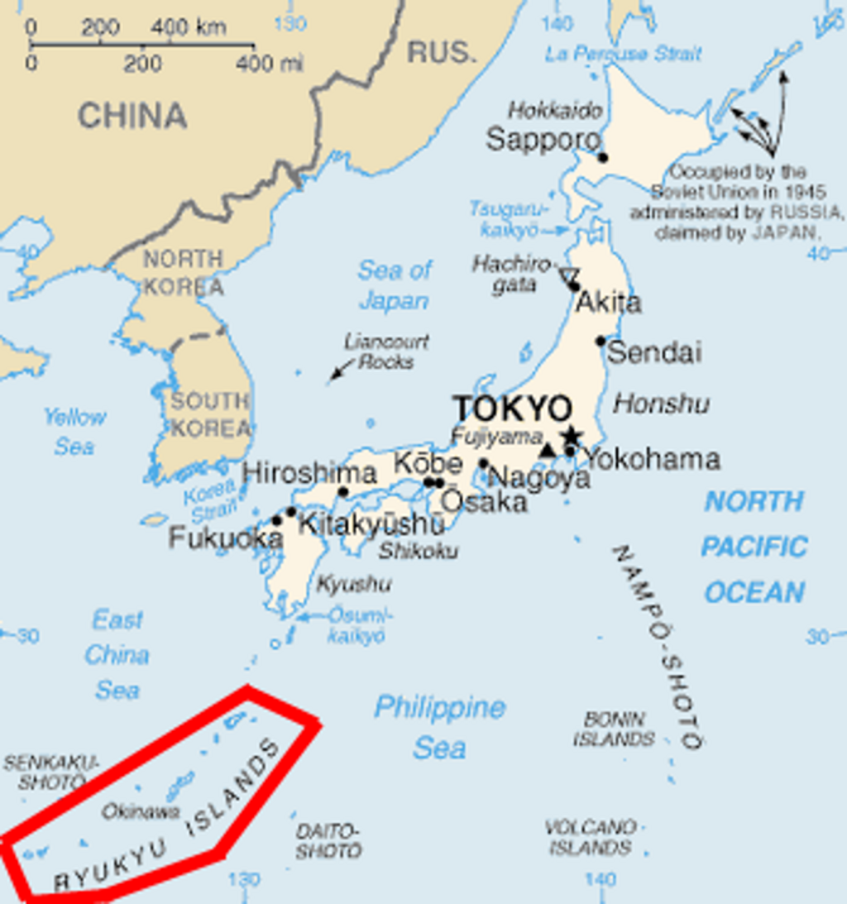58 Years of Discourse about a 4-Page Long Essay
An Analysis of Journal Articles about Shimao Toshio‘s Concept of Yaponeshia
Introduction to Topic
Since Japan’s invasion of Ryûkyû in 1609, the Japanese government tried to forcefully assimilate Ryûkyûan culture. Japan fully integrate the islands as its new southern prefecture Okinawa into the Japanese nation in 1879. This lead to the emergence of a new discourse about the cultural identity of Okinawa and its relationship to mainland Japan. Shimao Toshio was one of many authors who adressed this topic in his essays on the southern islands, including his Yaponeshia essays. Shimao Toshio’s concept of Yaponeshia, which he originally described in his essay “Yaponeshia no nekko” (“The root of Yaponeshia”, 1961), provides a new perspective from which this relationship can be viewed. This research was conducted to gain an understanding about this relatively unknown concept.
Corpus
- 51 Japanese journal articles about Shimao Toshio‘s concept of Yaponeshia
- The material was mainly gathered at the National Diet Library in Tôkyô, sponsored by the University of Vienna’s grant for short-term visits abroad for scientific purposes.
What is ‘Yaponeshia’?
Shimao coined the term Yaponeshia in his essay “Yaponeshia no nekko” in 1961 and had since written many texts on his thoughts and ideas about the southern islands, all summarized under this term. He theorised about different aspects of Okinawan and Japanese culture and their connection throughout history.
Basically, the word Yaponeshia serves three different purposes:
- First of all, Shimao wanted to define a new term which can be used to refer to Japan without implying ‘Japan as a nation’ and the idea of a homogeneous culture. The first part ‘yapo’ is derived from “Japan” while ‘nesia’ refers to the idea of Japan as a cluster of islands in the Pacific rather than an extension of the Asian mainland (China). Therefore, Shimao summarized all Japanese islands under the term Yaponeshia.
- Secondly, he wanted to shift the main focus away from the Japanese mainland and its centre toward the periphery of the country, namely Okinawa and Tôhoku.
- As a result, the relationship between Japan and Okinawa can be put into perspective. With other words: the cultural diversity of Okinawa and mainland Japan as well as their relationship can be reevaluated.
Research Question
- How could a non-scientific idea presented by an author of fiction gain popularity among researchers from different academic fields?
- Has this idea already developed into a quasi-scientific concept?
- Which (historical) aspects of this relationship are being considered?
- Does this concept counter the prevalent nihonjin-ron discourse or is it actually a part of it?
Method
- Quantitative and qualitative discourse analysis using Siegfried Jäger’s Kritische Diskursanalyse (KDA) and the open source software KH-Coder
- Qualitative analysis of secondary literature

Ryûkyû Islands

Shimao Toshio (1917-1986)
Results
- Shimao‘s idea of Yaponeshia was further developed by researchers from many different fields. Thus, it can now be regarded as a cultural theory making it possible to view the relationship between Okinawa and mainland Japan in a new light.
- In its further development, the idea of Yaponeshia was greatly influenced by two contrary discourses:
- Authors who rejected the reversion of Okinawa set their focus on preserving Okinawa‘s uniqueness and individuality, critically acknowledging it‘s colonial past and Japan‘s role in assimilating it.
- Authors influenced by the southern islands discourse (nantô-ron, 南島論) see Okinawan culture as a previous form of Japanese (mainland) culture, thus ignoring post-colonial aspects of this relationship and depicting Okinawa as the underdeveloped countryside of Japan.
- Depending on the ideological position of the respective author, the Yaponeshia discourse can thus be seen either as a part of the nihonjin-ron or a counter-discourse to it.
- Texts influenced by the southern islands discourse are seen very critically by Yaponeshia researchers, as they show many orientalistic features, whereas anti-reversion authors recently seem to gain the upper hand within the Yaponeshia discourse.
